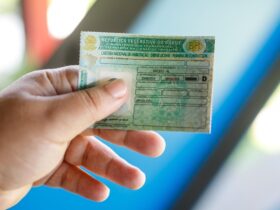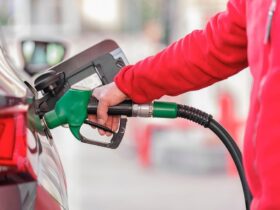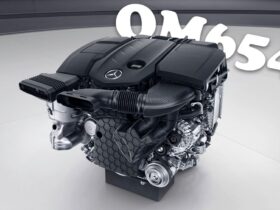Although accuracy is usually the norm in the instrumentation of modern vehicles, The speedor represents a remarkable exception because, because, Intentionally integrated a certain level of inaccuracy. This deviation, although less may seem, has important consequences for the perception of speed and compliance with traffic regulations from the driver.
Despite the fundamental requirement to maintain constant attention to the road environment, The dashboard is worth a substantial source of information guarantee a safe and efficient ride. Understanding the internal functioning and operating condition of the vehicle is as essential as the exact implementation of road maneuvers.
Information
Within a set of light indicators and witnesses of fundamental importance elements as Fuel level, engine temperature, amount of oil in the crankcase, revolution per minute of the engine and of course ubiquitous speedometer. Each of these tools provides critical information about the decision -making and preventive maintenance of the vehicle.
Basically The speedometer creates its reading in information captured by magnetic sensors Strategically placed in the transmission axis and in one of the vehicles. These sensors measure the speed of rotation of both elements and subsequently transform these gross data into the circulation rate indicated by the driver in the dashboard.
Margin error in velicimeters
Go directly to the grain, Lying down. These indicators that share the main space within the tachometer device have been built margin of error which must always mark the higher speed that we actually circulate.
This deviation between the actual speed And the one that indicates a speedometer is not accidental. Is protected legislation And vehicle manufacturers assume these regulations. It is framed under European regulations called ECE 39, which in its Article 5.3 says: “The speed stated [en el velocímetro] You should never to be to be reduced at the actual speed of the vehicle ‘.
In addition, it is served as the following formula To determine the speed that the speeds must be labeled: 0 ≤ (V1 – V2) ≤ 0.1 V2 + 4 km/h (V1 is the speed and V2 actual speed). Therefore, it is proven that The permitted difference Between the marked and actual speed must be equal to the actual multiplied speed by 0.1 plus 4 km/h.
Provided with the assumption 10% increase plus 4 km/hserve as an example of a vehicle that circulates at speed 100 km/h. This would have a measure of error 14 km/h. This means that the speedometer will be marked 114 km/h And he is lying. The actual speed at which the vehicle is circulating 100 km/h.
This margin error It does not affect it to other devices that are connected to a speedometer such as with Kilometer (Accounting) a tachometer (Fairy tales) and it was not induced No tolerance Relating to his accuracy.
Is GPS more reliable?
Today there are innumerable applications that offer through mobile phone and geolocation to take part in a ride. This is also true for application which are integrated into the vehicle itself, on the information screen.
GPS works through a technique called Trilatation. This is used to calculate Location, speed and altitude. Triterration collects satellite signals to send location information. It is often confused with triangulation used to measure angles, not at distance.
The satellites that orbite on the ground Send signals read and interpret any GPS device. To be calculated the locationYou must get at least a signal four satellites.
So application Offer speed data, you must measure the distance Tours at some time thanks to the data provided by satellites. Once positionThey calculate the route made and divide it time required.
Therefore, speed calculations are provided by the GPS system many more accurate that velicimeter vehicles, because GPS is not affected by margin error, wheel size or gearbox ratios.












Leave a Reply